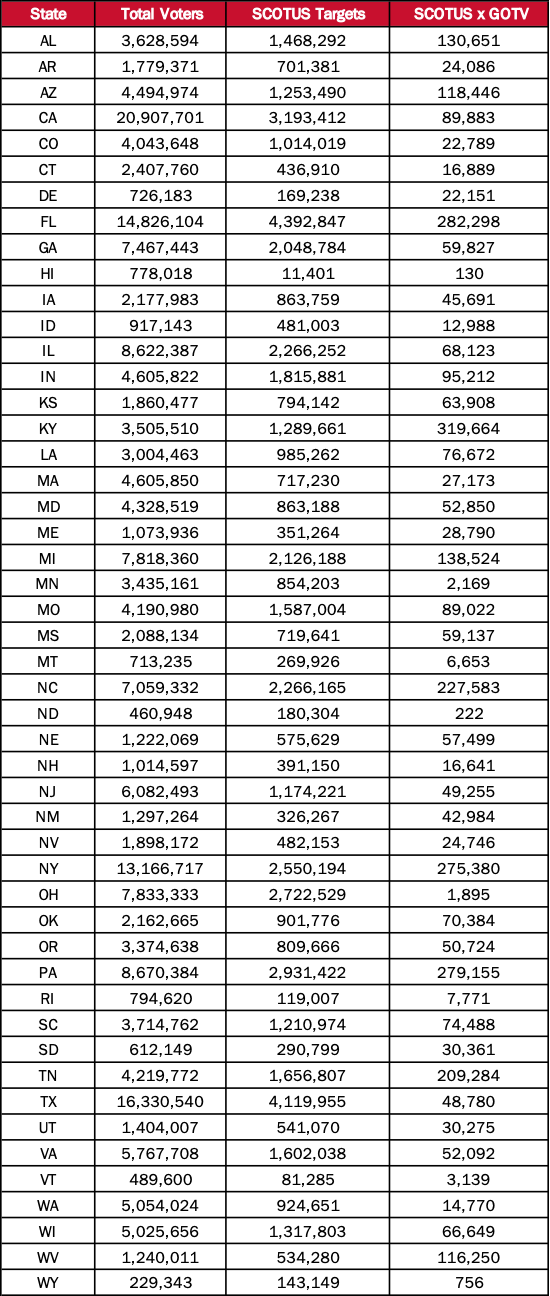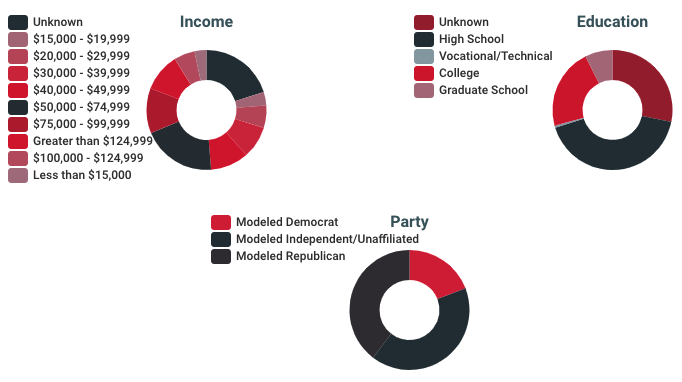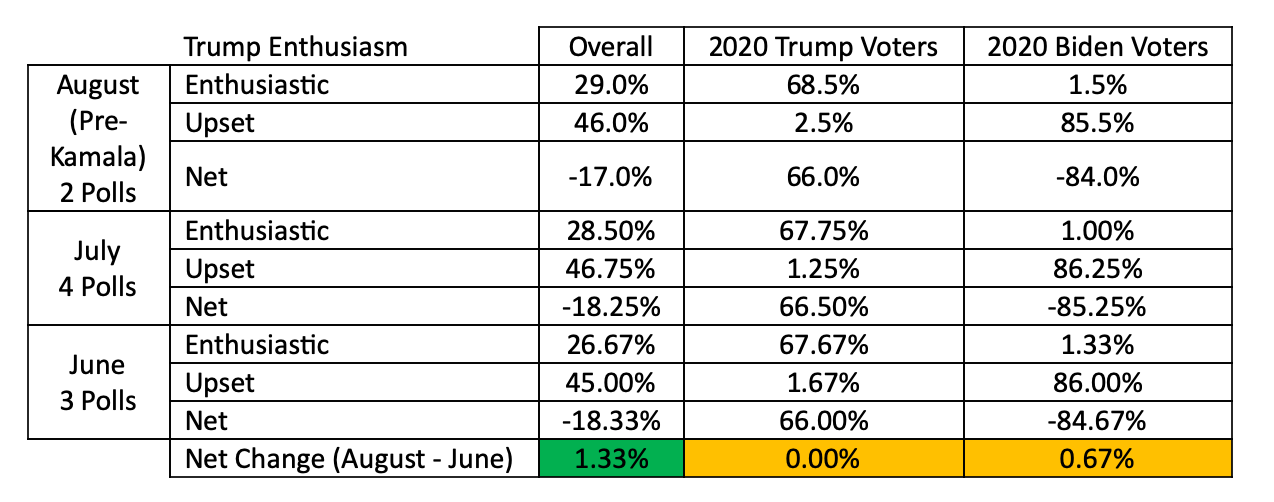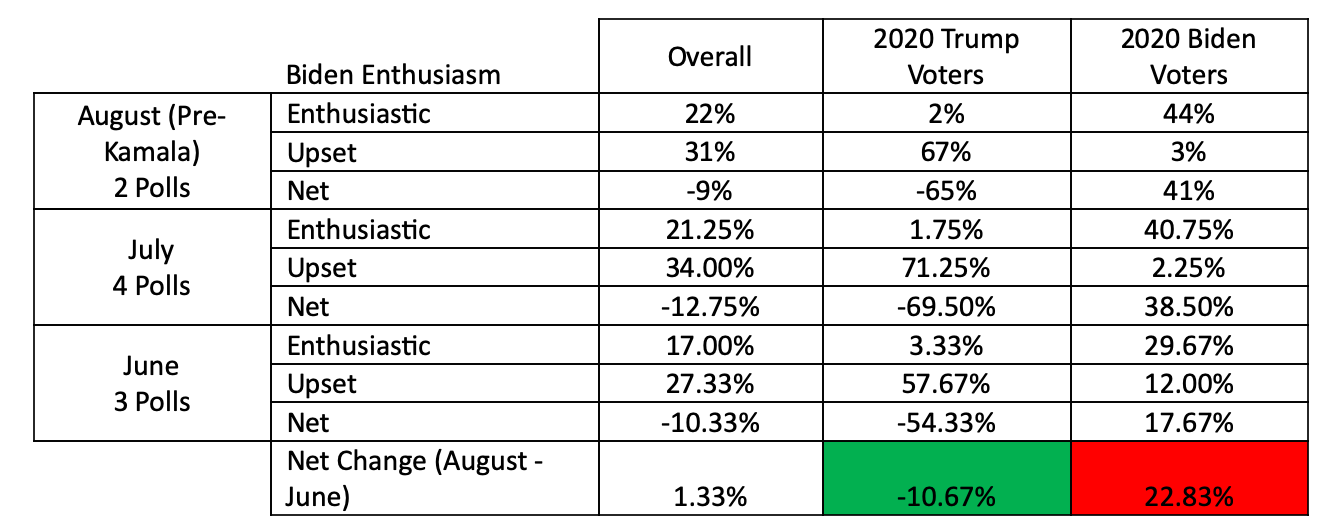Conor Maguire, WPA Intelligence Principal and Managing Director of our DC office, was awarded the distinct honor of being named to the American Association of Political Consultant’s 40 Under 40 list for 2021. The list is maintained yearly by AAPC to highlight the efforts of strategists from both sides of the aisle.
Conor’s dedication to data and analytics, alongside his experience with competitive campaigns across the country, has made him an invaluable asset to our team. As part of WPA, Conor has maintained a commitment to serving our clients with the most sophisticated polling and analytics in the field, while leading our DC team’s efforts for campaigns and corporate clients.
WPA Intelligence CEO Chris Wilson had this to say in regards to Conor’s achievement:
“Conor Maguire has quickly proven to be a leader in the polling and data industry. Conor’s dedication is proven by the success of our clients. His leadership as part of our DC team has not only expanded our capabilities, but developed one of the most talented teams in political data. This recognition is extremely well deserved.”
Conor becomes the 5th WPA strategist to be recognized with this award, including last year’s awardee and WPA Research Director Trevor Smith as well as WPA’s Director of Analytics Matt Knee.




















